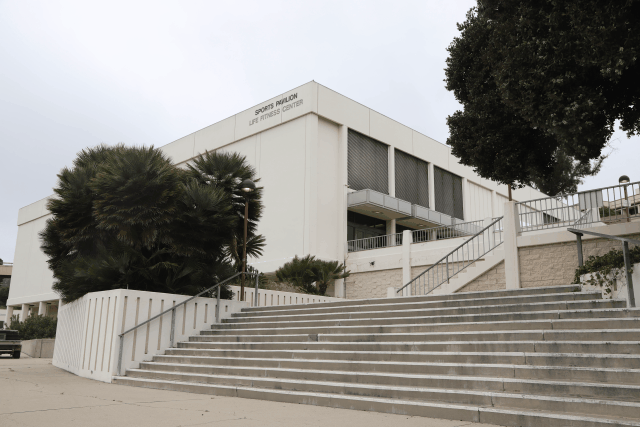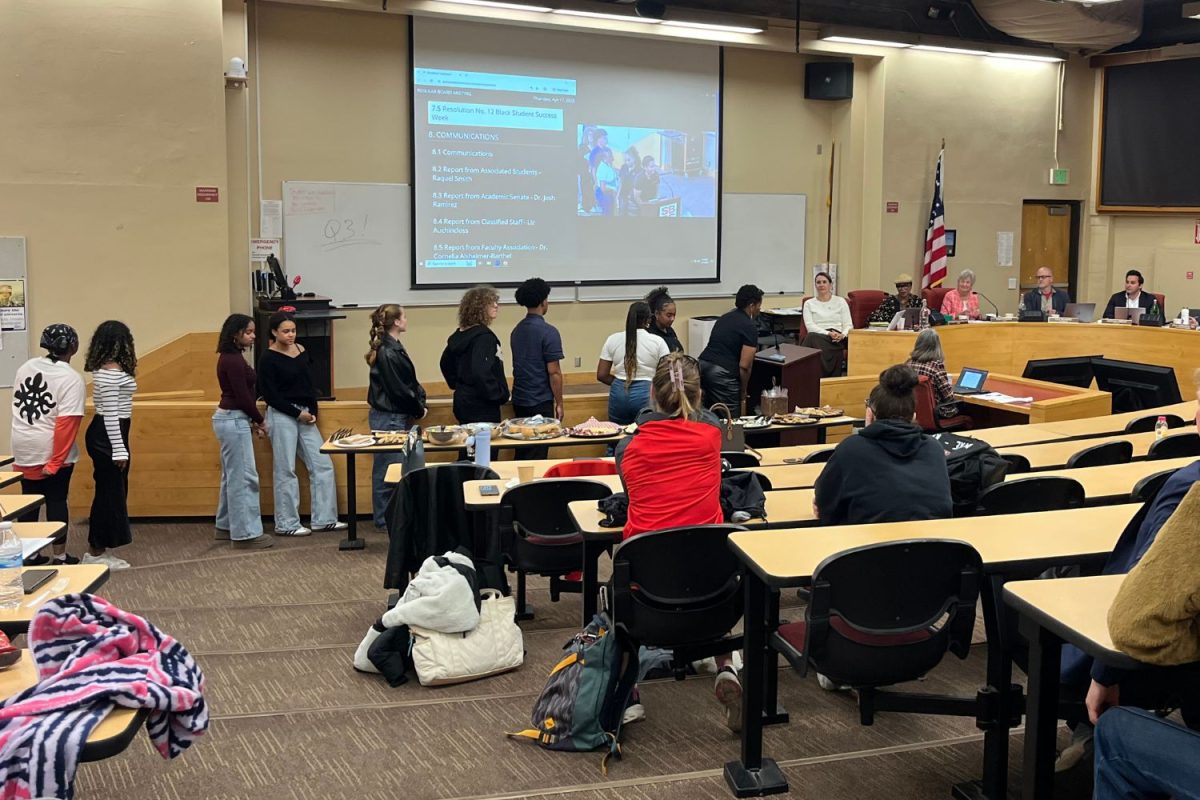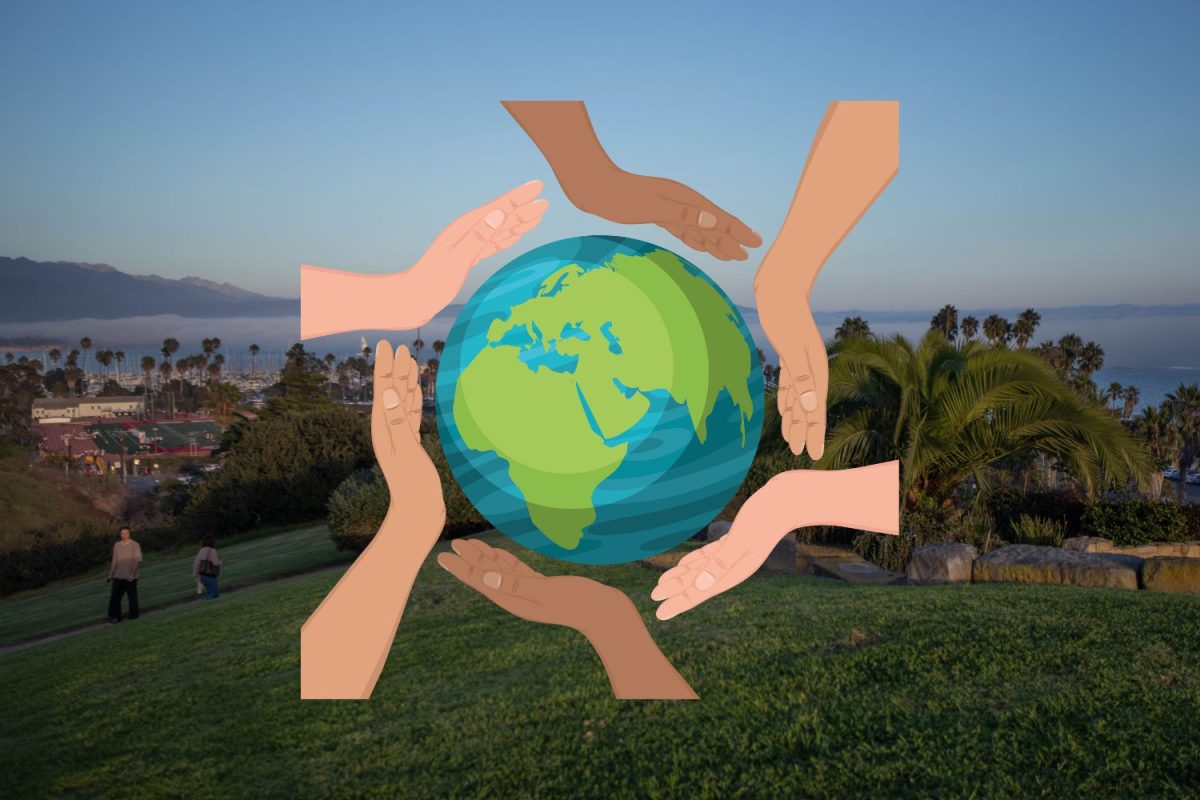The Academic Senate convened on April 9 and acknowledged the Blue Economy Initiative group who spoke about grant updates.
The Ocean Collective is meant to grow the blue economy through innovation, collaboration and students’ education. The grant got approved for $200,000.
Biology professor Michelle Paddack presented a slide deck to the senate regarding updates on the Ocean Collective.
Executive Director for Commercial Fishermen of Santa Barbara (CFSB) Kim Selkoe and Marine Diving and Technology Director Emma Horanic joined Paddack on the presentation.
The grant has no district funding involved and the senate oversaw where the grant is currently needed.
Paddack broke down each area. The allocated funds include 40% for curriculum and program development for students, 30% toward community and industry engagement,16% for facility planning, 10% for indirect funds and 4% for any supplies or marketing.
“This initiative is really deeply underlying in what [is] a core part of our mission here at Santa Barbara City College,” Paddack said. “To provide more course development for our community.”
Horanic said she hopes to have more courses offered for marine diving and technology through the collaboration. One course being a dry marine technology pathway for people who don’t necessarily need to be scuba diving certified, but still want to have access to blue economy jobs.
“I think it’s a really great opportunity to bring more students into the marine tech program,” Horanic said.
Paddack and Horanic attended the Blue Economy Climate Action Pathways (BECAP) in March.
Horanic announced they received a Blue Robotics ROV [remotely operated underwater vehicle] donation paid by Alan Eustace, Google’s former senior vice president of engineering. After Eustace met the owner of Blue Robotics and listened to Horanic about her interest in an ROV, he decided to pay for the ROV.
The senate erupted in “wows” and applauded after hearing the donation.
“This is also a great opportunity for students who don’t want to dive, but also love looking under the water,” Horanic said.
She said different departments can also collaborate with one another and utilize the ROV. Examples of some departments that could use the ROV were the engineering, marine biology and film department.
Academic Senate President Joshua Ramirez opened the floor to any questions by senate members.
Chair of Physical Education Kathleen O’Connor asked what curriculum they are hoping to bring forward for students in the future. Paddack said they have many ideas, but one being is to have more curriculum pathways so that there are certificate programs for students who want to take one class or gather some training. She said they don’t want the classes to be strictly for transfer students.
“We’re trying to figure out the best ones to start with because there are so many great ideas out there,” Paddack said.
The next Academic Senate meeting will take place on April 23.
Correction: April 17, 2025
An earlier version of this story misstated Alan Eustace’s position at Google. Eustace worked as Google’s senior vice president of engineering, not a former lead CEO engineer for Google. This version has since been corrected.









